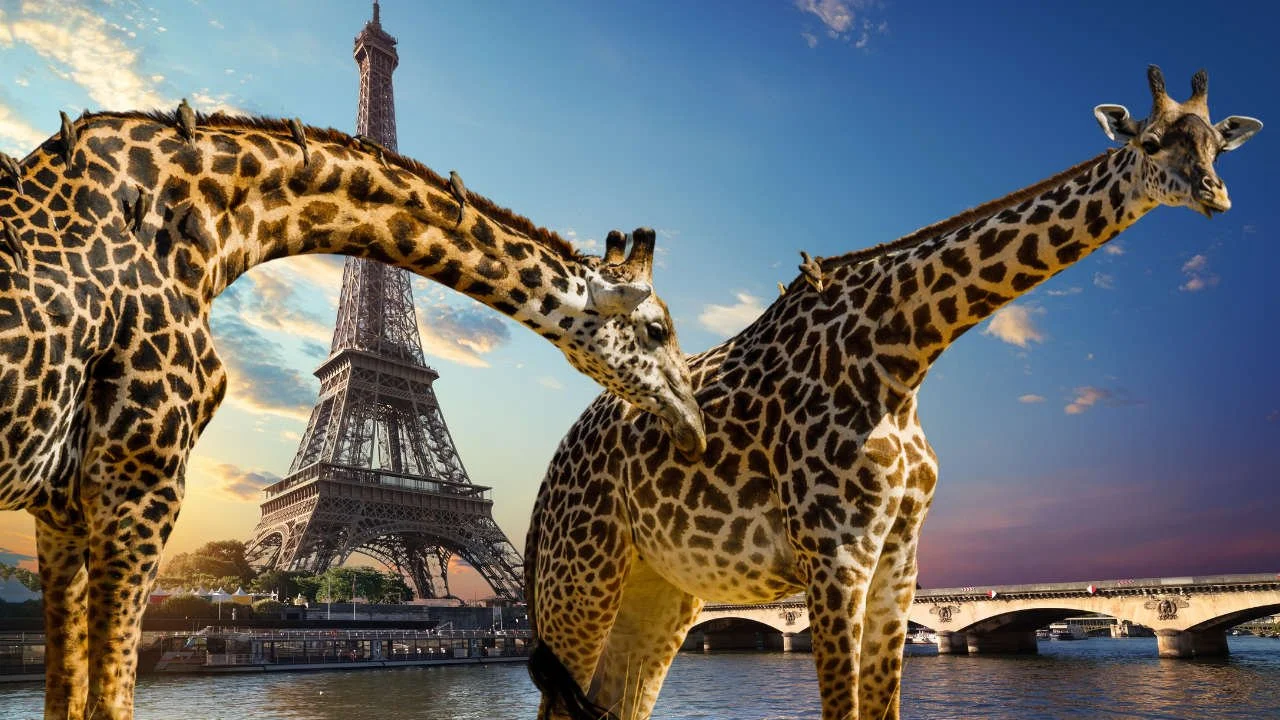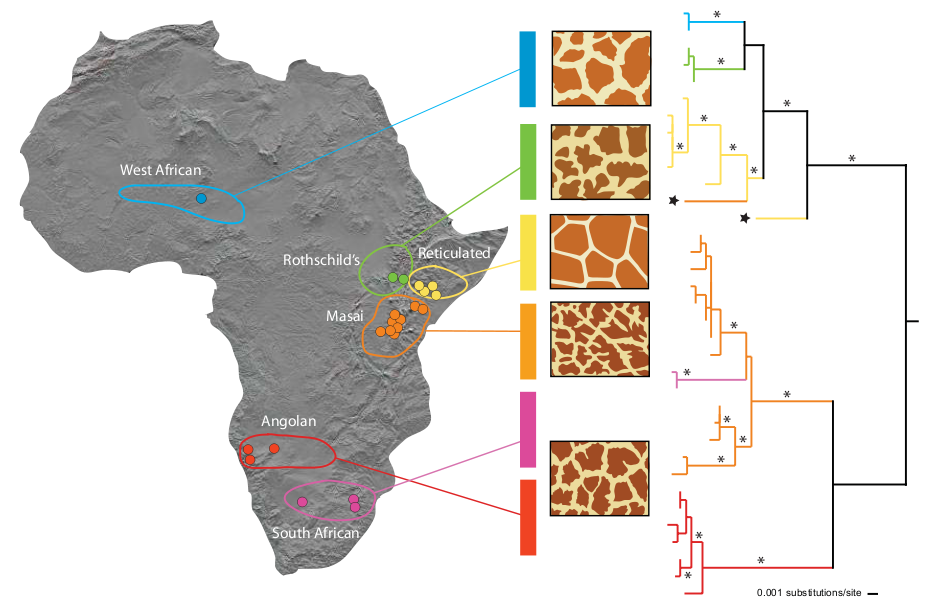Bellingcat OSINT Challenges - Wild Lives
1. Spot the Location
It’s a tall order!
Puzzle by Foeke, Bellingcat.
Giraffes... on holiday?
Did you know the spots on a Giraffe are used to regulate their body heat?
Giraffes can be found all throughout sub-Saharan Africa, but what about this species...
At first ei-ffel for the edit, it drove me in-Seine.
In which country were the giraffes in this image most likely photographed?
Giraffes can be baguette fans, too, and that’s okay.
Based on the challenge description, this image is an edit of an original picture of giraffes.
I’ve started by researching the different species of giraffes and their patterns to determine their approximate location. Wikipedia has been a great resource for this specific search, as its classification of the species that compose the Giraffa genus is very comprehensive.
Source: Prepared by and uploaded to Commons by user OldakQuill.
Using a side-by-side comparison, we can deduce that the patterns of the Masai, Angolan, South African, and Thornicroft giraffes are similar to those of our subjects.




“Thornicroft’s giraffe (Giraffa camelopardalis thornicrofti), also known as the Rhodesian giraffe or Luangwa giraffe, is a subspecies of giraffe. It is sometimes considered a species in its own right (as Giraffa thornicrofti) or a subspecies of the Masai giraffe (as Giraffa tippelskirchi thornicrofti). It is geographically isolated, occurring only in Zambia’s South Luangwa Valley. An estimated 550 live in the wild, with no captive populations. Its lifespan is 22 years for males and 28 years for females. The ecotype was originally named after Harry Scott Thornicroft, a commissioner in what was then North-Eastern Rhodesia and later Northern Rhodesia.
”
It appears that Thornicroft’s Giraffe is the best match for our subjects' patterns. During the comparison, I looked at a few key areas of the giraffe’s body to determine whether it was a good match: the lack of mane continuation on the lower back, the rarefication of spots towards the legs and the decrease in their size, the shape, size and frequency of ridges splitting the spots, and the lightening of the brown color towards the head, along with the shape of the forehead.
The Wikipedia picture showcasing Thornicroft’s Giraffe is taken in the area of interest, as per the image title.
Inputting Zambia as the answer yields a successful challenge own.
As a bonus, I’ve also identified the type of bird seen in the original picture. Throughout my searches, I thought it would be a good idea to identify the type of bird, as it might lead to the location native to both animals. An additional benefit would’ve been if I had found the photographer who took the original picture of the two giraffes with birds perched on them, which was edited afterward into the Eiffel Tower picture.
A summary search revealed that the birds are called Red-Billed Oxpeckers (Buphagus erythrorhynchus). They’re parasitic birds living in sub-Saharan Africa and they mainly eat ticks, which gives them their alternative name of “Tickbirds”. They also consume blood, sweat, and tears from their host animals, much like my university professors.
Answer: Zambia








